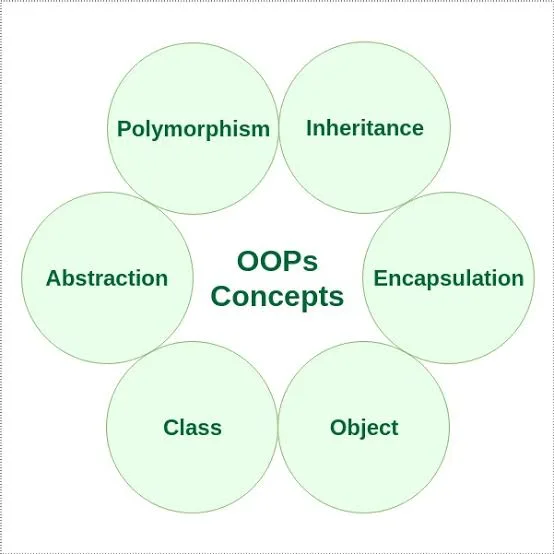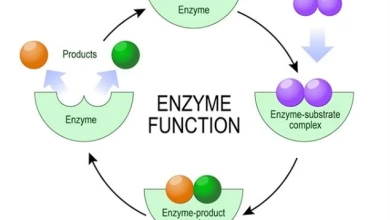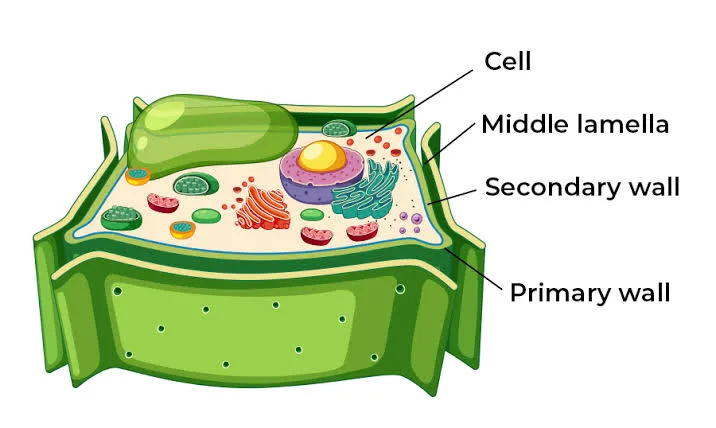
What Is Object-Oriented Programming?

Object-Oriented Programming, or OOP, is a programming style that focuses on creating software using “objects.” These objects contain both data and the code that works on that data, bundled together. This means an object isn’t just raw data or just code—it’s a combination of both, making it a self-contained entity.
Every object has two main parts:
- State: This is the data that describes the object—its properties or attributes. For example, if you think about a Student object, the state might include the student’s name, ID number, department, age, and year of admission.
- Behavior: This is what the object can do, or what actions can be performed on it. In programming, these behaviors are represented by methods (or functions in some languages). For example, methods for a Student might include setName(), getName(), calculateResult(), and printResult().
So, in essence, an object is a package of data plus the methods that manipulate that data.
Key Concepts of Object-Oriented Programming
To effectively use OOP, you need to understand some core concepts:
- Objects: The basic building blocks that combine data and behavior.
- Classes: Blueprints or templates used to create objects.
- Methods: Functions or procedures that define behaviors of objects.
- Data Encapsulation: Hiding internal data and only exposing what is necessary.
- Inheritance: Creating new classes based on existing ones to promote reuse.
- Polymorphism: Allowing the same operation to behave differently on different objects.
- Abstraction: Focusing on essential features while hiding irrelevant details.

Objects and Methods
An object is where data and the code that acts on that data come together. The data, called the object’s state or attributes, describes the object. The code, called methods, defines the actions the object can perform.
Methods are essential because they allow objects to communicate and perform tasks. When you want to do something in your program, you call a method. The method contains the instructions to get that task done.
This is different from older programming styles like C or FORTRAN, where data and code are kept separate. In OOP, they’re combined into one unit—the object.
Objects make it easier to represent real-world things in software. Everything around us—people, books, cars—can be thought of as an object in a program. For instance, a Student object might have attributes like Name, MatricNo, Department, and methods like getName(), computeResult(), and printResult().
Classes
A class is like a blueprint for creating objects. It defines the variables (attributes) and methods (behaviors) that all objects of that type will have.
You can think of a class as a user-defined data type. When you create an object, you’re creating an instance of a class.
For example, a Student class defines what a student is. Each student object you create from that class shares the same structure, but each object can hold different data.
Data Encapsulation
Encapsulation is the principle of keeping an object’s data safe from outside interference. It’s like a black box: you don’t need to know how it works internally to use it.
In programming, encapsulation means hiding the object’s data (variables) and only allowing access through methods. This protects the data and helps maintain the integrity of the object.
Real-life examples include devices like fans or electric kettles—you use them without needing to understand their internal workings.
Inheritance
Inheritance lets you create new classes based on existing ones. The new class inherits properties and methods from the parent (super) class but can also have its own unique features.
For example, from a general Student class, you could create specific classes like ND1Student or PartTimeStudent. They all share basic student features like MatricNo and Department but might have additional characteristics specific to their category.
This helps reuse code and organize related classes efficiently.
Polymorphism
Polymorphism means “many forms.” It allows the same message or method call to behave differently depending on which object receives it. This is useful because objects belonging to the same family or class hierarchy can respond uniquely to the same action.
There are two common ways to achieve polymorphism:
- Method Overloading: This happens when multiple methods share the same name but differ in the types or number of their parameters. For example, a method called
computeArea()might calculate the area of different shapes like rectangles, circles, or triangles depending on the arguments you pass to it. - Method Overriding: Here, a subclass provides its own specific version of a method that it inherits from its parent class. This allows the subclass to tailor the method’s behavior to its needs.
For example, consider a superclass Animal that has a method move() defined like this:
void move() {
System.out.println("I am moving...");
}
Now, subclasses of Animal can override the move() method to define their own way of moving:
class Fish extends Animal {
void move() {
System.out.println("I am swimming...");
}
}
class Man extends Animal {
void move() {
System.out.println("I am walking...");
}
}
So, when you call the move() method on a Fish object, it will print “I am swimming…,” while calling it on a Man object will print “I am walking…”. This ability to have different behaviors for the same method call is what polymorphism is all about.
Data Abstraction
Abstraction means focusing on the important details and ignoring the rest. It helps reduce complexity by hiding unnecessary information.
In programming, abstraction means exposing only relevant attributes and behaviors of an object while hiding the internal details.
For example, when developing an application for student results, you need to consider attributes like name and gender but not details like eye color or blood group, which are irrelevant in this context.
Abstract classes and interfaces use abstraction by defining methods without full implementation. This allows programmers to fill in details later in subclasses.
Benefits of Object-Oriented Programming
- Better Real-World Modeling: OOP makes it easier to design software that reflects real-life entities.
- Code Reusability and Flexibility: Through inheritance and polymorphism, you can reuse and extend existing code.
- Improved Security: Encapsulation helps protect data from unintended access.
- Easy Maintenance: Problematic objects can be replaced or fixed without rebuilding the entire system.
Exercises on OOP Concepts
- An object has two parts: _____ and _____.
- A software object’s state is stored in _____.
- A software object’s behavior is exposed through _____.
- Hiding internal data and accessing it only through public methods is called _____.
- A blueprint for a software object is called _____.
- Common behavior can be defined in a _____ and inherited by a _____.
- A parent class is also called a _____; a child class is called a _____.
- Object-oriented programming focuses on the use of _____ in application development.
- A collection of methods without implementation is called an _____.
- Inheritance allows programmers to derive new _____ from existing ones.
- Concentrating on essential features of an object while leaving out non-essential details is called _____.
- A method that has only a header but no body is called a(n) _____.
You can answer it in the comment section







